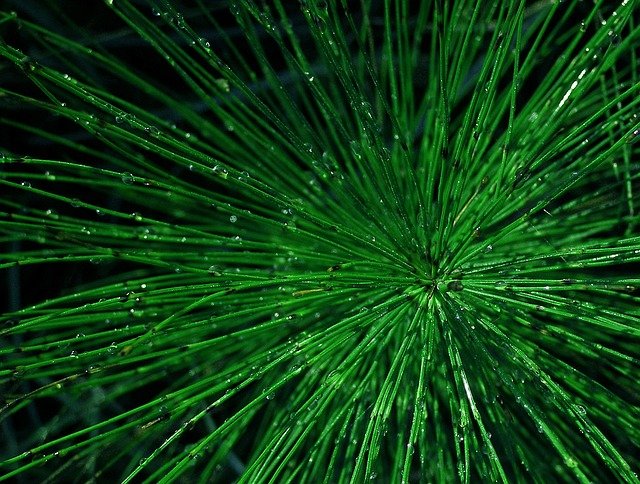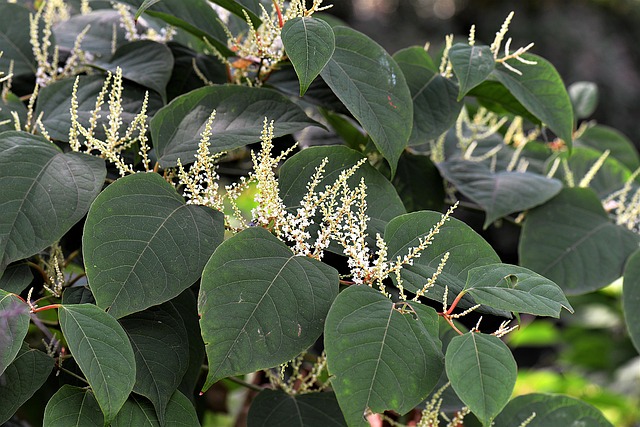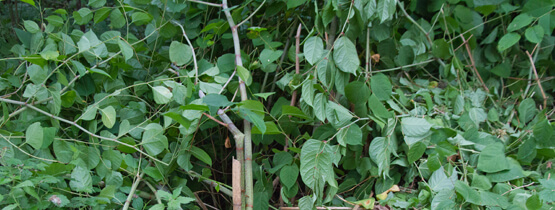Horsetail, also known as marestail or Equisetum arvense to the Latin speakers among us, is a common perennial plant that grows up and down the country. Easily spread and difficult to kill, horsetail is one of the more awkward weeds to control. Even a small amount of horsetail can spread very easily and quickly throughout your garden. Here, the roots spread far and wide while the plant itself reproduces using spores rather than seeds.
However, despite horsetail being a nuisance when it comes to removal, it can be done! This blog looks at the methods of horsetail removal and how Total Weed Control can help you if you have horsetail in your garden.

Image: Pixabay
Traditional methods of weeding such as slashing and mowing have very little effect on removing horsetail completely due to new stems developing from the roots left behind. This often leaves many gardeners and homeowners frustrated by their unwanted presence.
Issues with horsetail begin during the spring when greenish-brown shoots appear from the ground. These shoots are tipped with small cones that produce spores which spread the plant even further. Therefore, it's best practice to try and control the shoots before they begin to spore.
As horsetail roots being to creep throughout the ground, however, they become quite difficult to spot due to their colour being very similar to working soil and often end up spreading much further than most people realise.
Attempting to dig up the roots before the plant develops isn't very feasible either due to the root systems reaching depths of up to 1.5m! Once the stem has created spores, horsetail starts to develop small, thin leaves throughout the plant that last throughout spring and summer before dying off in late autumn.
Despite the leaves dying off, the roots remain intact meaning the plant will begin to reappear the next and the cycle starts all over again.
More...
Here in the UK, we have a long list of non-native invasive plant species that cause a myriad of problems. In some parts of the UK, planting, importing, selling or allowing certain invasive species to grow is punishable by up to two years in prison, so it's important that you know your natives from your non-natives before you start planting your flower bed.
When you come across a new plant in your garden, it can be difficult to know if it's an invasive species and (if it is) what you should do about it. Today we're going to take a closer look at some of the most common invasive weeds in the UK to find out a little more about them. Hopefully, this guide will help you identify and eradicate invasive weeds on your property before they have time to do any damage!

Japanese Knotweed (Fallopia Japonica)
Of course, at the top of our list had to be Japanese knotweed. Noted as one of the most widespread and destructive invasive plant species in the UK, Japanese knotweed can find its way into your garden and cause damage to your home in a matter of a few weeks.
More...
The term "invasive species" may not sound very threatening, but these invaders, both large and small, can and do have devastating effects on wildlife and communities across the world.

Invasive species are one of the most threatening problems to native wildlife, with approximately 42% of endangered species at risk as a result of invasive species. Endangered species aren't the only things that are at risk due to invasive species, however, with economies and human health also susceptible to feel the effects. The impact that invasive species have on our natural ecosystems and economy cost billions each and every year, with many of our recreational, agricultural and commercial activities heavily reliant on healthy native ecosystems.
More...

As its name suggests, Japanese knotweed (Fallopia japonica) is native to the Far East. Once upon a time, this plant was to be found only in Japan and neighbouring territories like Korea and China.
Now, as we've previously discussed, Japanese knotweed wasn't - and still isn't - much of a problem in its homeland, simply because the local ecosystem keeps the plant in check.
But at some point, somebody had the bright idea of bringing Japanese knotweed over to Europe, where it was able to run rampant and cause all kinds of problems for us Westerners.
Read More: What Damage Can Japanese Knotweed Do?
This raises the question: just who do we blame for bringing Japanese knotweed to Europe?
More...
